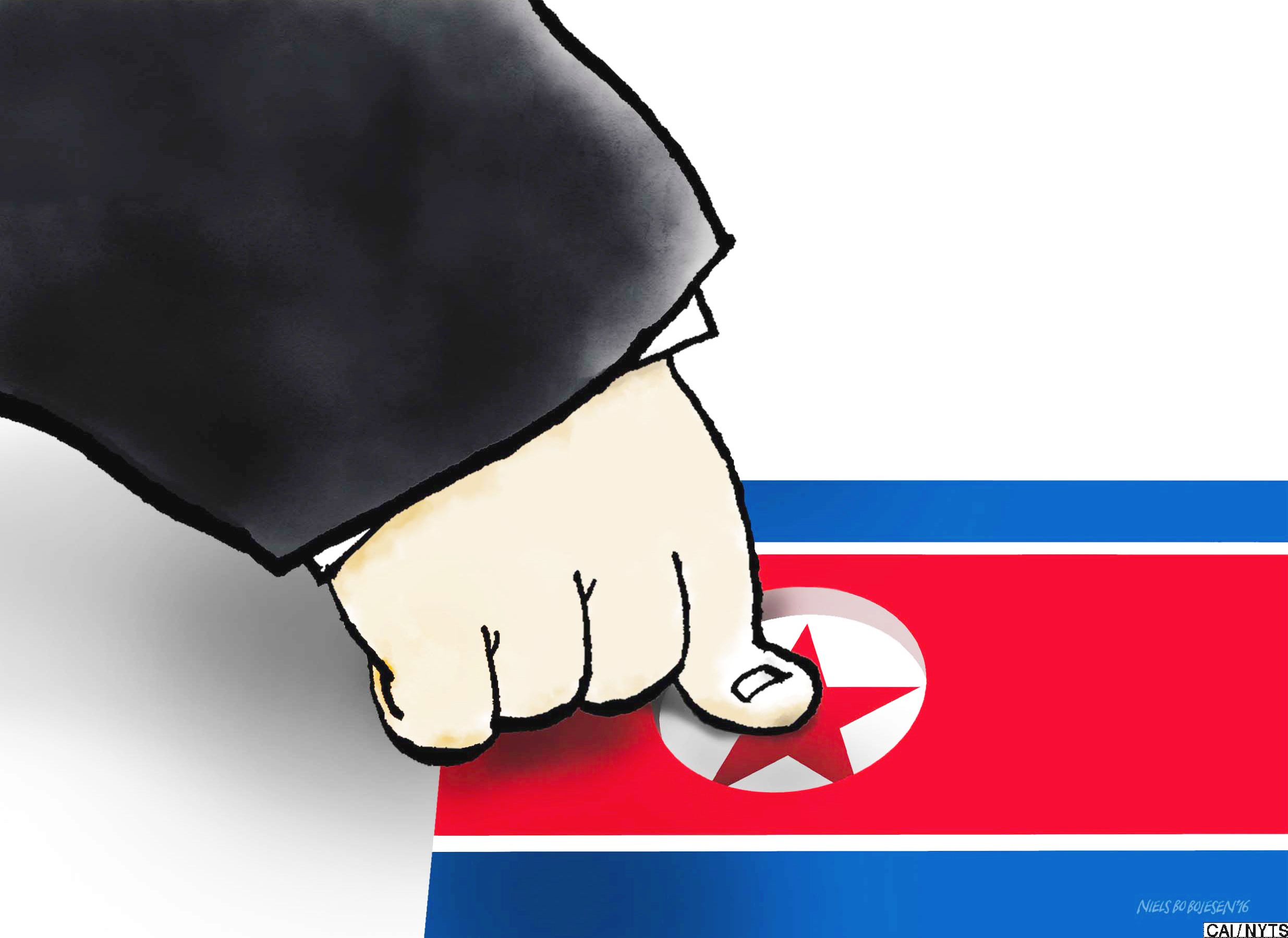Last week, on Friday, to mark its September 9 Foundation Day, North Korea carried out its fifth-ever nuclear test. Though estimates regarding the precise yield of the tested device vary, most experts agree that the seismic signature suggests that it was Pyongyang's largest blast yet. North Korea, in its own words, said it tested a "nuclear warhead that has been standardized to be mounted on strategic ballistic rockets of the Hwasong artillery units of the Strategic Force of the Korean People's Army." The international response was predictable, featuring an impressive array of stern sentences conveying condemnation — and little else.
If this year of heightened ballistic missile and warhead testing activity hadn't made it obvious, North Korea wants to make it plain after its fifth nuclear test that its current objective isn't to seek attention from the international community or to simply prove its technical chops. No. North Korea is racing toward operationalizing a compact nuclear warhead that can be reliably mounted on any one of its many delivery devices — from the intermediate-range Hwasong-10s that it spent weeks testing earlier this year, to the submarine-launched Bukkeukseong-1 or KN-11, and even the as-yet-untested KN-08 (Hwasong-13) and KN-14 intercontinental ballistic missiles. Pyongyang's statement after the test also reiterated its desire to be considered a "full-fledged nuclear weapons state," something that the United States and South Korea have resolved to never acquiesce to.
Friday's test also capped what's roughly been one of the worst years for bilateral stability on the Korean Peninsula since 2010, when North Korea sank South Korea's Cheonan naval vessel and shelled Yeonpyeong Island. Starting with the first nuclear test in the first week of this year, 2016 quickly shifted the goalposts on what could be considered normal on the Korean Peninsula.



















With your current subscription plan you can comment on stories. However, before writing your first comment, please create a display name in the Profile section of your subscriber account page.